Text
youtube
I found this one in the drafts from back in my editing days
#newsies#newsies movie#movie edit#newsies fandom#newsies 1992#1992sies#newsies lore#jack kelly#davey jacobs#david jacobs#sarah jacobs#racetrack higgins#spot conlon#my old vid#aww#me being a dork#what was this#Youtube#the tension between jack and david in the beginning#newsies video#fan edit#fansies#newsies aesthetic#my edit#disney#newsies forever
15 notes
·
View notes
Text
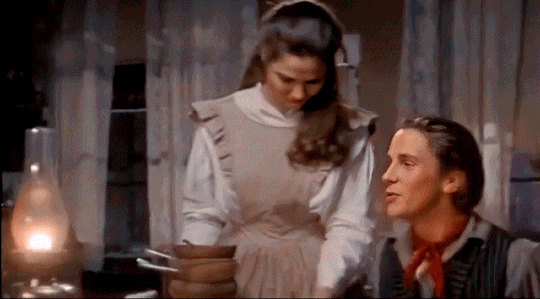



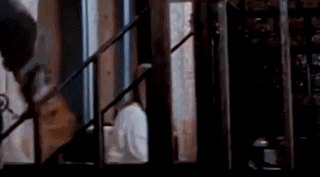
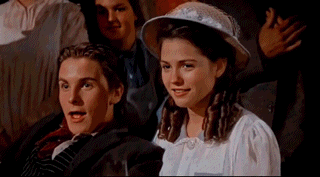
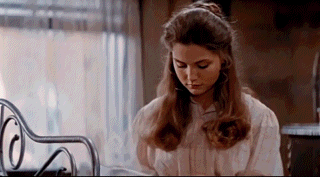

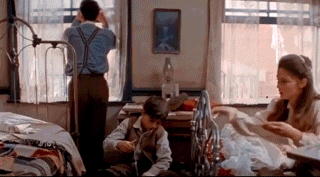
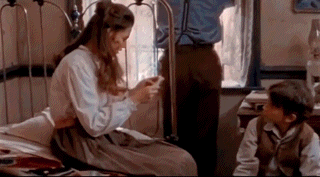
sarah jacobs gifs II ☆ ☆ ☆
#jack kelly#sarah jacobs#newsies#my edit#i made these gifs a long time ago#my love for sarah#she is everything#newsies movie#newsies aesthetic#feral
141 notes
·
View notes
Text
Okay I was rewatching Newsies and I noticed in the scene where Snyder visits the lodging house, you can see Kloppman keeps old little photographs on his desk and around his office area. It’s so cute. Now I wonder if they’re his family or pictures of some of the lodgers. It gave me all the feels.
24 notes
·
View notes
Text
miss jacobs 🤍

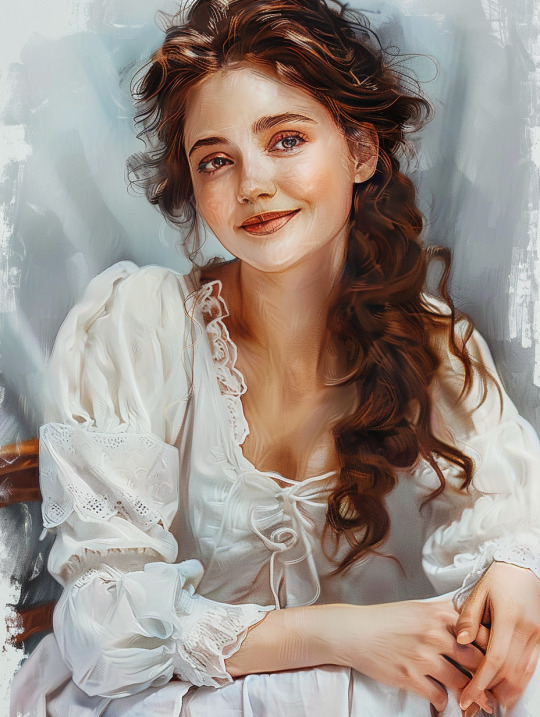

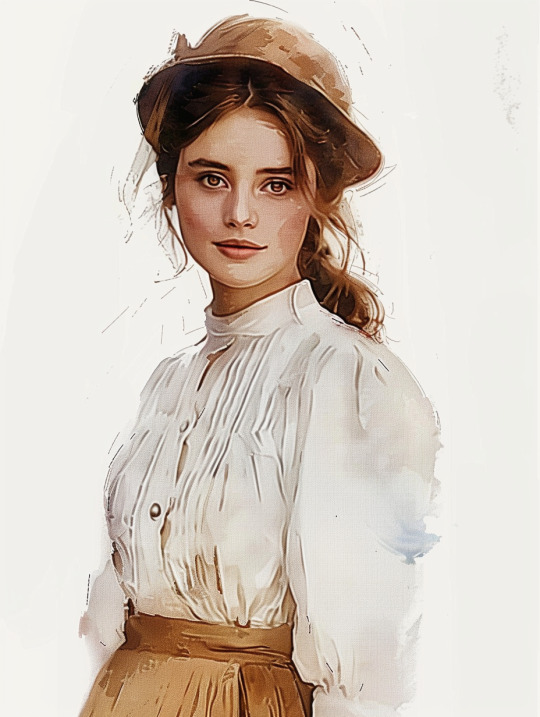
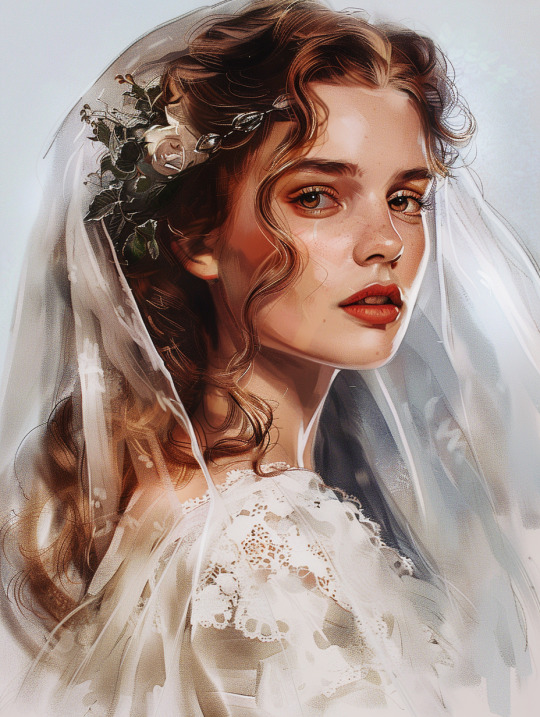

Sarah Jacobs.
— newsies.
created using Midjourney.
31 notes
·
View notes
Text
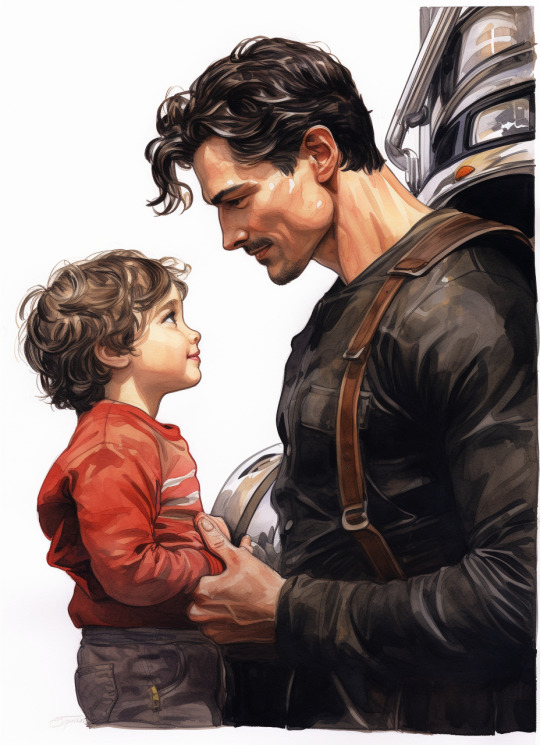
Colm Tracey and three-year-old Matthew (Muggs) Tracey.
“Having a such viscous man like Colm Tracey for a father must’ve made for quite the unhappy childhood, Matthew.”
—Burn High Your Fires.
#newsies#this is beautiful#my feelings#i’m feral over daddy tracey#fanfic#not my ocs#look at baby muggs#fuck
6 notes
·
View notes
Text


the blorbos
313 notes
·
View notes
Text

Currently sucked into the endless abyss of newsies, so here’s some 1992 David for you.
290 notes
·
View notes
Text

enjoying the frivolous whimsy of a new watercolor brush ft. the boys
my other accounts!
399 notes
·
View notes
Text
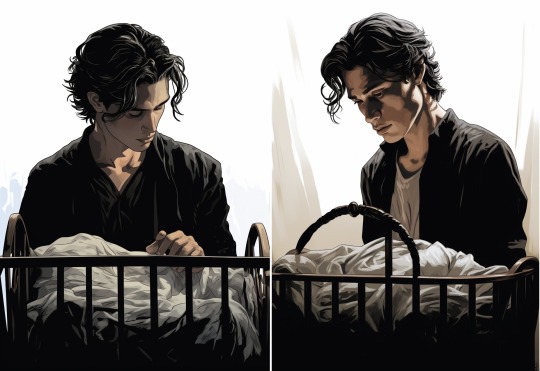




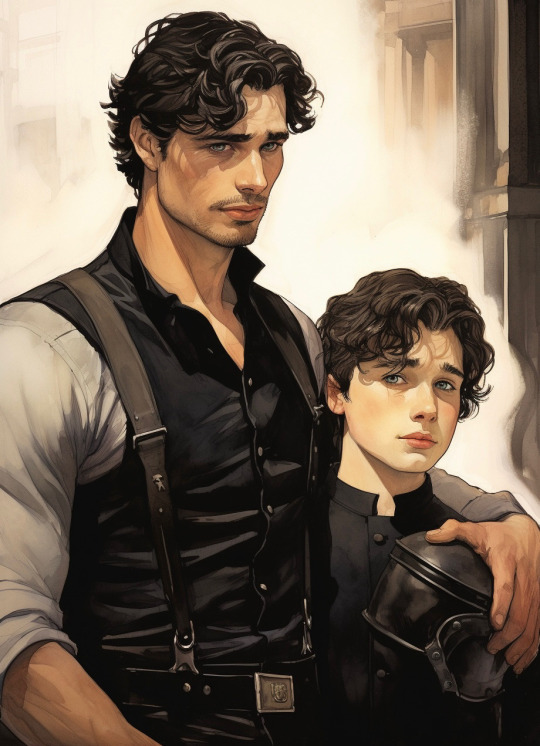

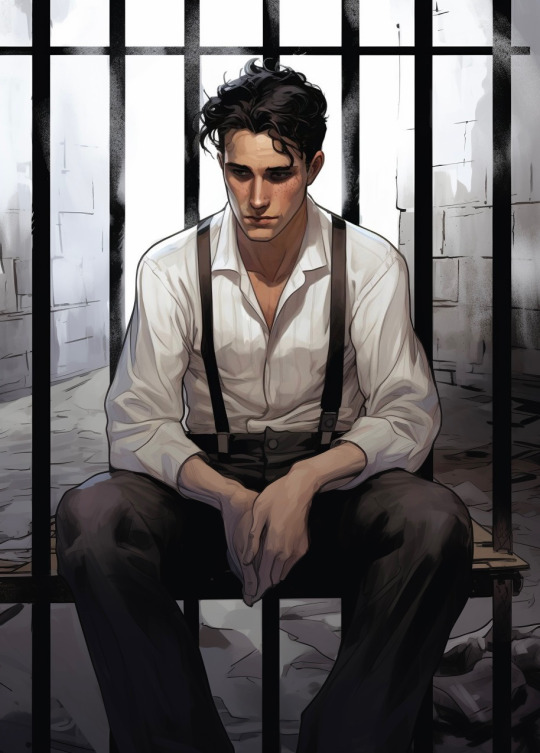

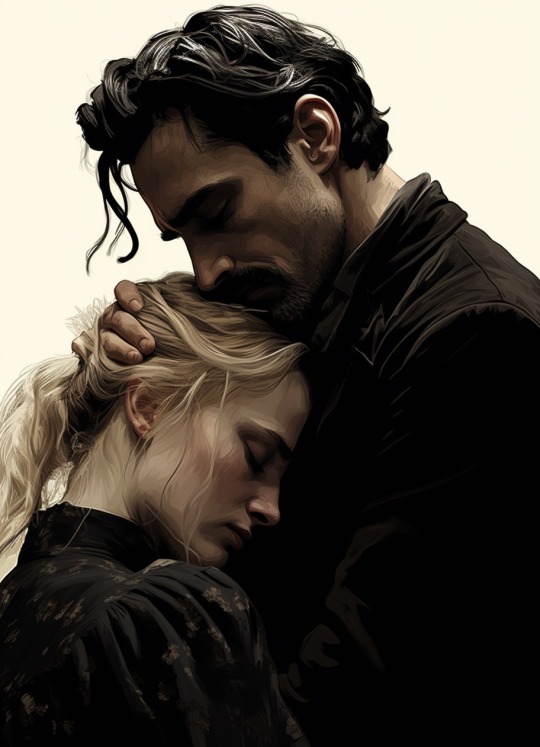
“Jesse was Colm Tracey’s favorite. And after he died, Colm was never the same.”
— Burn High Your Fires
6 notes
·
View notes
Text
Newsies Limited Series Idea (rewritten)
This was a concept from one of my year-old posts. I re-wrote a new outline for fun.
Title: Newsies
Logline: Set in 1899 New York, Newsies is a period drama that explores the social and political landscape of the era through the eyes of a group of newsboys struggling to make ends meet.
Overview: Based on the 1992 film and real-life events, Newsies is a fresh take on the beloved story that delves deeper into the lives and struggles of the newsboys. While the series will maintain the charm of the original, it will take a more serious tone, delving into the societal norms, identity, and friendship that are challenged during this time in history.
Themes: The series will explore themes of social justice, friendship, and identity as the newsboys come to terms with their place in a rapidly changing world.
Characters: Newsies features a diverse cast of characters, each with their unique story and struggles. Viewers will be taken on a journey through the eyes of the newsies as they navigate through the turbulent era.
Real-life and fantasy elements: The series will seamlessly blend real-life and fantasy elements by incorporating historical figures such as Teddy Roosevelt, Hearst & Pulitzer, Big Tim Sullivan, and some of the original newsies to create an engaging and unique viewing experience.
Musical elements: Although not a musical, Newsies will incorporate lyrics from the original songs into the dialogue, paying homage to the beloved music that made the original film a hit.
Distribution: The series will be available on Netflix or other streaming services, providing a broad audience with the opportunity to enjoy this exciting new adaptation.
Newsies is a period drama that explores the themes of social justice, identity, and friendship through the eyes of a group of young newsboys. With a diverse cast of characters and blend of real-life and fantasy, the series is a unique viewing experience that pays homage to the beloved original.
EPISODE 1: The Maine
The episode begins with a fade into July present-day. We see the city of New York below with its skyscrapers projecting brazenly into the sky, high above the street-level bedlam. We see the blur of vehicles in the city streets. The camera comes even lower, and we see rapidly moving traffic. The streets of lower Manhattan are saturated with cars. We see pedestrians darting in between the cars and hear the blare of a hip-hop recording that matches the frantic pace of the traffic. The camera zooms in even further, focuses on a young man eating lunch on the white steps of a building. He is scrolling a New York Times article on his cellphone as the camera begins to zoom out. We see the city as a rich mosaic of colors, which turns into an urban grey blur. The blur lasts for a few seconds.
Exterior, New York City, May 1968. Groovy guitar music. This time the buildings are not as stark, the traffic in the streets not quite so frantic. The cars are older. The camera focuses on a young man, eating lunch on a park bench. The newspaper he is reading has a headline about the assassination of Martin Luther King. We see the date. A hippie couple is sitting down not far from the young man reading the paper. The man puts his hand on her knee, and she places her hand lovingly atop his. We see them lean in closer as the camera starts to zoom out. She pulls away at the last moment as the shot becomes more distant and blurs.
Exterior, New York City, July 1920. Jazz music. The streets of lower Manhattan are still clogged, but this time, with old automobiles, men in straw boater hats chatting amiably in one corner. On another corner, two schoolboys—one Puerto Rican and one Italian—fight as other boys cheer them on. The camera focuses on a young man reading an illustrated paper as he leans against a lamppost. The camera pans away from the young man and onto a crowded street in which we see pop-up stands and multilingual vendors. Here we see a young Chinese girl feeding bread to pigeons. She tries to frighten away a larger pigeon. It refuses to move, and she waves her arms, sending the small flock of birds into the air as the camera zooms out again to a blurred view of the area.
Exterior, New York City, 1898. Then the sound of fiddling folk music rises as the camera slowly moves in once again. The streets of lower Manhattan are indistinct but sharpen gradually. We hear the clicking of typewriter keys and presses rolling. Words appear on the screen with articles from Spanish-American War. Newsboys are running around, shouting headlines and selling papers at a rapid pace. The camera then focuses on a young boy, Jack, as he jostles his way through the crowd, calling out for customers. War with Spain is splashed across the headlines. The sinking of the Maine.
As he makes his rounds, we see snippets of other newsies - a group of brothers goofing around, an older boy giving a paper to a passerby with a sly smile, and a young girl standing timidly in the corner trying to sell her papers.
As Jack continues to sell, we hear snippets of conversations about the war, with people eagerly devouring the news of battles and victories. The price of papers has gone up, but nobody seems to mind. Business is booming for the newspaper tycoons, especially William Randolph Hearst and Joseph Pulitzer.
We then get a glimpse of Hearst's flamboyant and cynical personality, as he cracks jokes with his reporters and revels in his wealth and power. Pulitzer, on the other hand, seems more reserved and conflicted, torn between his duty to report the news and his desire to sell papers.
Meanwhile, we are introduced to the Jacobs family, a close-knit group who are doing better than most during the war. Mr. Jacobs is a hard-working man who is proud of his family, including his son David, who is top of his class, and his daughter Sarah, who loves playing the piano. Mrs. Jacobs, however, is a bit more skeptical, especially when her son Les brings home a stray kitten.
We also meet Brian Denton, a young reporter for the New York Sun who is eager to make a name for himself. He is tired of covering society columns and longs to write about something more meaningful, like the war. He meets with his childhood friend, Nellie Bly, who gives him some advice on finding good stories.
But Denton's boss warns him not to go too far in his quest for a scoop. They must stay competitive with other papers but not resort to sensationalism.
As the day progresses, we see more of the newsies' hardships, including Jack standing up for his friends and the younger kids. But things take a turn when Jack has a chance encounter with Snyder, an aggressive warden who seems to have it out for him.
Jack manages to escape but bumps into David on his way out. David is heading to a lecture hall, and Jack convinces him to pretend he's a student so he can hide from Snyder.
Meanwhile, the Delancey brothers, two mischievous newsboys, get jobs at their uncle's distribution center, while Mr. Jacobs gets injured on the job and is fired. The family is now in financial trouble, and they must sell their beloved piano to make ends meet.
As the episode ends, we see Jack and his newsie friends rallying to help the Jacobs family in their time of need. It's a testament to the bond that has formed between them and the sense of community that has grown among the newsies.
Overall, the episode highlights the excitement and chaos of a time when newspapers were the primary source of information for the masses. It also highlights the struggles and hardships of those who relied on selling papers to make a living.
EPISODE 2: The Strike
The episode opens with a glimpse of the New York City skyline, which looks different from today's. Then, the camera focuses on two young boys, David and Les, walking down a busy street. They look determined yet apprehensive.
The episode continues with David and Les arriving on the scene as they desperately search for jobs to support their family. Jack recognizes David from their previous encounter and takes them under his wing to teach them the tricks of the trade. Through Jack's narration, we are introduced to the different newsies, their selling spots, and their personalities.
The newsies are struggling to make ends meet as prices have not been lowered since the war, and several have been forced to vacate their lodging house due to the inability to pay rent. Kloppman mentions the death of one of their friends due to starvation, which scares many of the newsies into taking action.
David suggests the idea of a union, which Jack considers as he recalls the trolley strike. However, the newsies are divided on the issue, with some unwilling to risk their livelihoods. Some of them quit and take up other trades, leaving only a small group of strikers.
Jack takes charge of the strike with David as his second-in-command. They attempt to negotiate with Pulitzer, but he throws them out immediately. The Delancey brothers taunt Jack, but he fights them off and earns the respect of the other newsies.
The episode introduces the mysterious and intimidating Spot Conlon, who is rumored to be a powerful newsie in Brooklyn. We see flash cuts of him beating up rival newsies, but we never see his face.
As the strike continues to escalate, the newsies become more organized, with Jack and David leading the charge. They eventually catch the attention of the media, which brings more attention to their cause. The episode ends with a cliffhanger as we see Pulitzer's reaction to the strike and the potential consequences for the newsies.
The episode is filled with gritty action, tense negotiations, and the struggle for justice in a time of great economic inequality. It captures the spirit of the newsie strike and the passion of the young boys fighting for their rights.
EPISODE 3: The Sacrifice
The episode opens with a montage of the newsboy strike in Manhattan, with newsies knocking over delivery wagons and getting into small fights with local distribution center workers. The strike has grown in numbers, but there are still a few newsies who are unable to contend with the lack of work and money and have given up.
The camera follows Crutchy Morris as he limps through the streets of Manhattan, his newsboy cap pulled low over his forehead. He stops in front of a delivery wagon, his friends gathered around him, and suddenly a scuffle breaks out. The sound of fists hitting flesh echoes through the alley as Crutchy's friends fight to protect the strike. Despite his hesitation, Crutchy joins in, throwing punches with his good leg. But the fight is quickly interrupted by the arrival of the Delancey brothers, Spot Conlon's enforcers. The Delanceys are ruthless and take pleasure in causing pain, and they have no qualms about targeting even the most vulnerable strikers. As the Delanceys advance, Crutchy throws himself in front of a younger striker to protect him. The Delanceys make quick work of Crutchy, landing blow after blow until he lies motionless on the ground. The camera shows the violence in graphic detail, with the sounds of bones breaking and blood splattering against the pavement. The Delanceys, satisfied with their work, leave the scene, leaving Crutchy and the other injured strikers behind. The police arrive to break up the fight, arresting some of the strikers and taking Crutchy and the others to the Refuge. The Refuge is a brutal place, with guards who take pleasure in causing pain to the children who are sent there. Crutchy, with his injured leg and broken bones, is particularly vulnerable. As the episode ends, the camera shows the other strikers gathered outside the Refuge, planning their next move. The strike has turned violent, with blood on the streets and friends being taken to jail or the Refuge. But despite the danger, they know that they cannot give up, not while the future of all newsboys is at stake.
EPISODE 4: The Girls
Opening shot: A crowded street in Manhattan, with newsboys shouting headlines and garment workers making their way to work. We meet Sarah Jacobs, a garment worker, who is listening to the newsboys as they talk about the strike. She's intrigued and decides to learn more.
Cut to: The Newsies' headquarters, where the boys are discussing the strike and the arrival of the garment workers. They are initially hesitant to accept their help, but Sarah speaks up and convinces them to let the women join in the fight.
Cut to: The Harlem streets, where the newsies and garment workers are fighting for the cause. The scene is violent and intense, with blood and sweat flying everywhere. Skittery is badly injured, and Sarah disguises herself as a boy to fight alongside the others.
Cut to: The aftermath of the fight, where the newsies and garment workers have been forced to retreat. Sarah is celebrated as a hero for her bravery in the fight, but the group is demoralized by the loss.
Cut to: Sarah's home, where she is visited by Spot Conlon, who warns her about the danger of continuing the strike. He tells her that she should leave the cause before it's too late.
Cut to: The newsboys' headquarters, where they discuss their options after the loss in Harlem. Some want to continue the fight, while others are ready to give up. Sarah speaks up and convinces them to keep fighting, despite the risks.
Cut to: The final showdown, where the newsies and garment workers are facing off against the police and the hired thugs. The scene is chaotic and violent, with weapons and fists flying everywhere.
Cut to: The aftermath of the fight, where the newsies and garment workers have won the battle, but at a great cost. Skittery is still recovering from his injuries, and many of the others are bruised and battered. Sarah is hailed as a hero, but she's lost friends and colleagues in the fight.
Closing shot: A weary and battered Sarah walking through the streets of Manhattan, looking up at the sky, wondering if it was all worth it.
EPISODE 5: The Dream
Opening Shot: A close-up of an old, leather-bound journal with the words "Jack's Memoir" embossed in gilding, a gift from Medda a year ago. The camera pulls back to reveal a young newsie, Jack, sitting on a bench, scribbling away in his journal.
Jack's voiceover: “Dear Ma and Pa, it’s been some weeks since you left me in the city. I pray this letter finds you hale and hearty. As for myself, I'm waist-deep in the strike, fighting for what's right. But it’s not as plain as I reckoned it'd be.”
Cut to: Jack and his fellow newsies picketing outside the newspaper distribution center, chanting and holding up signs. They are met by a group of burly men, hired to break the strike.
Jack's voiceover: "Well, we've had a few run-ins with the strikebreakers, but nothing that would ruffle a feather. It's the bulls that keep me up at night. They're getting as mean as snakes in a sack.”
Cut to: Jack and the newsies in an intense argument with a group of distribution employees.
Jack's voiceover: "It's a curious case we're in, my friends. Some of them fellows who handle the distribution shares our sentiments, but others are in a tight spot and simply trying to keep their livelihood. It's a conundrum, and I'm uncertain of the right course of action to take."
Cut to: Flashback of Jack violently attacking a newsie about his age who was selling papers.
Jack's voiceover: "Friends, I must confess to a regrettable incident. My temper got the better of me, and I wronged a lad who bore no ill will. It pains me to consider his sister, who depended on him to earn a living. I'm beginning to recognize the dual nature of this conflict; not every soul can afford to cease work.”
Cut to: Denton, a wealthy businessman, watching the strike from afar, a scheming look on his face.
Cut to: Jack and the newsies preparing for a major fight with the grown strikebreakers and cops.
Jack's voiceover: "We're fixin' for a mighty ruckus, and I'm a mite uncertain if we're ready for the scrap. But we've got to stand firm for what we reckon's right, come hell or high water."
Cut to: Jack's infamy spreading to other newspapers, including Snyder's usual paper, a corrupt prison warden with a vendetta against Jack.
Closing Shot: Jack closing his journal and looking up, a determined look on his face.
Jack's voiceover: “ I ain't the one to prophesy the future, but I reckon I gotta keep on fightin' for what's right. Perhaps I'll head west, but not 'til we've settled this strike. I owe it to my fellow newsies. By the way, have you seen how them stars glitter over the canyon at night?" "
The screen fades to black.
EPISODE 6: The Ambassadors
Opening Shot: A wide shot of a scorching hot New York City street. We see newsies in ragged clothes walking around with signs and water cups. One of them, Mush, is sweating profusely.
Mush's voiceover: "This is the burnin'est week ever seen and here we are protestin' in the streets. It's a tough goin', but we knows we gotta keep pushin' for what's fair and square."
Cut to: Kid Blink and Mush cracking jokes and trying to keep their fellow newsies' morale up.
Kid Blink's voiceover: "Me an' Mush, we're doin' our damndest to keep everyone's chins up, but it's gettin' tougher by the minute. We're in dire need o' funds, an' some o' our own boys are jumpin' ship an' workin' for the enemy. It's enough to make a fella's heart break.”
Cut to: Flashback of a newsie crossing the picket line, and the others shouting at him in anger.
Mush's voiceover: "It's a sight to break a newsie's heart, to see our own kind turning against us. But we won't give in, no sir. We've got backing from other boroughs, and we'll hold fast and see it through."
Cut to: Denton conducting interviews and running stories in the Sun, catching the attention of powerful figures like former newsie and senator Big Tim Sullivan and Roosevelt.
Cut to: Pulitzer in his office, looking at his plummeting circulation numbers.
Pulitzer: "I cannot permit this strike to continue indefinitely. The boys will inevitably exhaust themselves. We must remain steadfast and bide our time."
Cut to: Pulitzer's wife confronting him about the strike and trying to talk sense into him.
Pulitzer's wife: "They are but mere children, Joseph. You must see reason."
Cut to: Flash cuts of Mush and Kid Blink visiting various parts of the city, trying to convince newsies to join the strike.
Mush's voiceover: “We're tryin' to be messengers for the other boroughs, ya know, tryin' to get 'em to join the strike. It ain't no easy job, but we're makin' progress, by jove!”
Cut to: Medda holding a rally at Irving Hall in support of the strike, preparing for the event.
As Medda reminds her employees, “Well, darlings, I think it's high time we showed our support for the newsies by holding a rally! We can't just sit back and do nothing when there are injustices to be fought. I understand some of you might be worried about your careers being tarnished by Hearst's or Pulitzer's papers. But let me tell you this, my dears, if we let the fear of bad press silence us, we'll never make any progress. We must be brave and stand up for what's right, no matter the consequences.”
Closing Shot: A close-up of Kid Blink and Mush's determined faces as they continue their work, trying to keep the strike alive.
Kid Blink's voiceover: "We ain't givin' up, boys. It's our duty to fight for what's fair, no matter the cost. We��ll stick together like glue.”
The screen fades to black.
EPISODE 7: The Cavalry
The episode begins with a colorful, symmetrical shot of the newsies preparing for battle, their slingshots at the ready. The scene is contrasted with the dark, shadowy figure of Hearst, who is seen orchestrating the ambush from afar.
As the fight breaks out, the camera follows the chaos and violence in a series of quick, snappy shots. The newsies are clearly outmatched, but they fight on with all their might. Meanwhile, Racetrack narrates with his characteristic wit and humor, providing commentary on the battle and the various characters involved.
As the Brooklyn newsies arrive, the tone shifts to a triumphant one. The camera lingers on their colorful attire and unique personalities, capturing the spirit of the newsies' unity in the face of adversity. Spot Conlon, a striking figure in red suspenders, takes charge and helps turn the tide of the battle.
The scene then shifts to a quieter moment, as Jack, badly injured and beaten, is relieved by Spot. The two have a tense moment of conversation, with Spot offering a mix of tough love and support to Jack. The camera focuses on their faces, framed by the chaos of the battle behind them.
In the aftermath of the fight, the newsies regroup and the strike committee is formed, with Spot and Racetrack both taking on important roles. The camera captures the formation of the committee in a series of symmetrical shots, with the newsies arranged in a neat, orderly formation.
As the episode draws to a close, the camera lingers on the injured newsies, as they receive medical attention and the others tend to their wounds. The scene is shot in soft, warm light, emphasizing the compassion and camaraderie of the newsies. The episode ends with a hopeful note, as the newsies continue to fight for their rights and their dignity in the face of oppression.
EPISODE 8: The Rally
The rally episode of the newsies strike would be filled with quirky and whimsical details. The newsies, dressed in their mismatched outfits, gather in a park filled with bright colors and unusual decorations, like a giant topiary of a newspaper or a fountain spouting ink instead of water.
During the rally, Mr. Jacobs gives a stirring speech while standing atop a platform made of old newspapers, while the newsies use a megaphone made from a discarded gramophone horn. As the rally reaches a fever pitch, the police arrive, clad in stiff, uniform outfits that contrast sharply with the newsies' eclectic fashion.
The ensuing battle between the newsies and the police is filmed in slow-motion, with quirky, over-the-top action sequences that emphasize the physical comedy of the fight. Meanwhile, Medda's theater is transformed into a makeshift hospital, with colorful bunting and streamers hanging from the walls and the newsies' injuries patched up with bright, mismatched bandages.
As the newsies recover, Skittery narrates the events with his usual dry wit and sarcastic tone, giving a running commentary on his fellow newsies' quirks and foibles. The rescue attempts for Jack are shot like a heist movie, with inventive gadgets and daring stunts that wouldn't look out of place in a spy film.
By the end of the episode, the newsies emerge victorious, with the public opinion swayed in their favor and Jack safely returned to their ranks. Racetrack, with his fast-talking and charismatic personality, is promoted to the spokesman of the strike committee, and the newsies celebrate their victory in a colorful, eccentric party filled with dancing, singing, and more newspaper-themed decorations.
EPISODE 9: The Nightmare
The episode opens with David staring at the kitten, worried about its well-being. He turns to Les and promises to find a way to keep the cat fed. Meanwhile, the newsies are determined to intensify their strike and make a stronger statement to the city. They gather on the Brooklyn Bridge, chanting and holding signs, effectively bringing traffic to a standstill.
As the day wears on, David becomes increasingly tempted by the idea of scabbing to earn money for his family. However, he is conflicted because he doesn't want to betray his friends and their cause. The internal struggle is portrayed through a series of quirky, visually striking sequences.
Meanwhile, in the Refuge, Crutchy and the other imprisoned newsies are organizing and planning their next move. They work together to write down their stories and the conditions they are living in, hoping to bring attention to their cause. Crutchy manages to slip the notes and letters to Denton during a visit, under the guise of an interview with Snyder.
Denton takes the notes to his friend Nellie Bly, who is an investigative journalist. Together, they publish an article that exposes the harsh living conditions and abuses that the newsies face in the Refuge. The article creates a public uproar, and the pressure forces the city to release the imprisoned newsies, including Crutchy and his friends.
The episode ends with David ultimately deciding to stand with his fellow newsies and their cause, even if it means sacrificing his family's comfort. The newsies celebrate the victory of their comrades' release, and the kitten is finally fed, much to Les' relief. The episode's final scene is a signature tableaux shot of the newsies standing triumphantly, with the Brooklyn Bridge in the background, as they continue their fight for justice.
EPISODE 10: The Legacy
The final episode of the period drama "The Newsies' Strike" opens with a montage of newspaper headlines reporting on the continuing strike by the newsboys against Joseph Pulitzer and William Randolph Hearst. Despite facing police brutality and violence from scabs, the newsies refuse to back down and continue to picket and sell newspapers in their own way.
As the strike drags on, the circulation of both newspapers hits a record low, and the financial pressure on the publishers mounts. In a last-ditch effort to end the strike, Hearst and Pulitzer agree to a meeting with the newsies' leaders.
The meeting is held in a grand hotel room, filled with ornate furnishings and intricate wallpaper, all rendered in signature style. The newsies are dressed in their best clothes, but still look slightly out of place in the opulent surroundings.
After some tense negotiations, a compromise is reached: the publishers agree to buy back any unsold papers from the newsies from now on, and an official newsboy union is formed to represent the newsies' interests. The newsies are ecstatic, and the meeting ends with handshakes and smiles all around.
In the following scenes, we see the aftermath of the strike. Some of the newsies move on to other professions, such as delivery drivers and factory workers. Others continue to sell papers until they outgrow it and move on to bigger things.
The final moments of the episode show where each featured newsie ended up in life, both real and fictional. We see Jack, the charismatic leader of the strike, as a successful & philanthropic businessman in his later years. Davey, the intelligent and analytical newsie, becomes a lawyer and fights for workers' rights. Crutchy, the newsie with a limp, opens his own shoe repair business. And Spot Conlon, the tough Brooklyn newsie, becomes a detective.
As the camera pans out to present-day New York city, we see the old lodging house where Jack and so many of the others lived still stands today, preserved as a historic landmark. The Jacobs' flat, where Jack found a second family, is now part of the tenement museum.
Neither Hearst's nor Pulitzer's newspaper survived to the present day. But the legacy of the newsies' strike lives on, as a symbol of the power of collective action and the fight for justice.
Finally, the screen goes to black, and the sound of the newsies' fading victory chants echoes through the appearance of the credits. The end.
#Newsies#newsies musical#Newsies strike#newsies 1992#1992sies#Jack Kelly#david jacobs#spot conlon#racetrack higgins#crutchy#sarah jacobs#medda larkson#Denton#skittery#mush meyers#kid blink#specs#joseph pulitzer#Hearst#Teddy Roosevelt#nellie bly
40 notes
·
View notes
Text
Newsies (1992) & what zodiac sign energy they radiate:
Jack: Sagittarius
David: Virgo
Spot: Aries
Racetrack: Leo
Skittery: Gemini
Boots: Taurus
Les: Libra
Pie Eater: Cancer
Snoddy: Pisces
Specs: Aquarius
Dutchy: Capricorn
Mush: Leo
Kid Blink: Sagittarius
Bumlets: Scorpio
Morris: Scorpio
Oscar: Capricorn
Sarah: Aries
Denton: Virgo
#newsies#newsies 1992#1992sies#newsies movie#david jacobs#sarah jacobs#jack kelly#racetrack higgins#spot conlon#kid blink#mush meyers#zodiac#zodiac signs
12 notes
·
View notes
Note
ok so i swear you had a post about race, spot and judge monaghan (and i wanted to write smth for it) but i can’t find it. do you still have it?
in the meantime, if/when i find it, can i write something for it? i’ll give you credit for the idea!
This it? :)
0 notes
Text
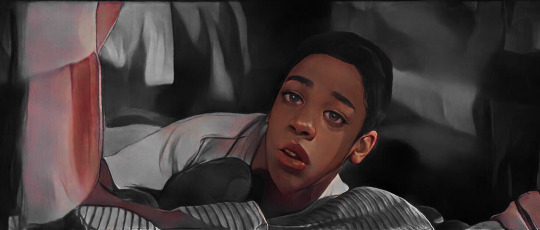
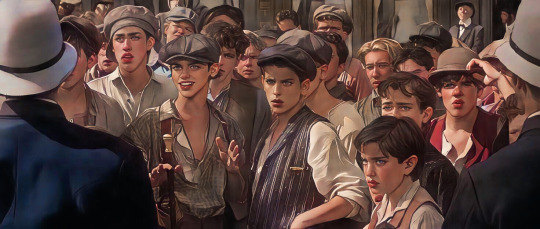






Newsies as a children’s book illustrations (part 2)
#newsies#newsies 1992#1992sies#newsies movie#my edit#hd#sarah jacobs#jack kelly#david jacobs#racetrack higgins#spot conlon#newsies moodboard#kid blink#mush meyers#newsies aesthetic#not hand-drawn#this is an app
222 notes
·
View notes
Text
Newsies as a children’s book illustrations:

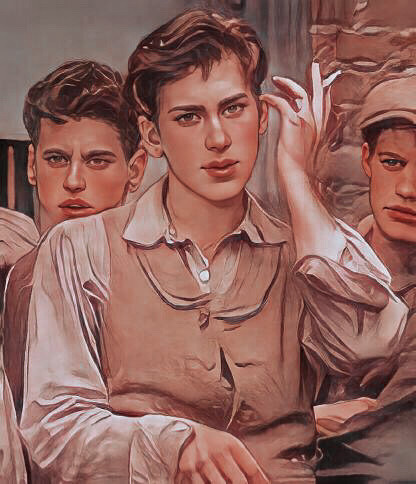



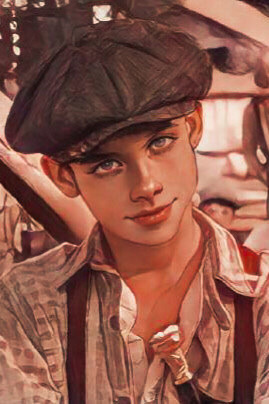




#newsies#newsies 1992#1992sies#newsies movie#hd#sarah jacobs#jack kelly#david jacobs#racetrack higgins#spot conlon#kid blink#mush meyers#my edit#newsies aesthetic#skittery#les jacobs#crutchy
349 notes
·
View notes
Note
Besides (obviously) Newsies making a comeback, what other old musicals would you want to see come back to Broadway or done live on TV like they did with Grease & Hairspray? Thankyou:)
I like this question. Well, so many. But here's my quick list:
1. The Wiz (I was obsessed with the original Broadway cast recording. Loved it more than the movie version. “Ease on Down the Road” is everything. Stephanie Mills rocks!)
2. Fiorello! (This one’s an oldie, but a goodie. “Little Tin Box” is a certified wise-guy bop)
3. The Fantasticks (Another oldie. Probably one of my dad’s favorites, and I know he’d want to see it come back. “Never Say No” is relatable for most parents)
4. Purlie (This and Chicago were among my favorite showtunes growing up. “Walk Him Up the Stairs” makes me get up and groove along to this day)
5. Funny Girl (Biased because half the women in my family have been in this one)
6. Hair (Something about “Aquarius” & “Let the Sunshine In” that takes you to the counter-culture time period)
7. The Pirates of Penzance (If they updated it, I think it would be a hit. G&B’s witty lyrics, the athletic choreography & great casting, and the catchy tunes would do most of the work. Plus, himbo pirates v. old-timey English constables seems funny)
#asks#old musicals#newsies#the wiz#fiorello#the fantasticks#purlie#funny girl#hair#the pirates of penzance#musicals#broadway
10 notes
·
View notes
Text
Sometimes I think about how different Newsies 1992 could’ve been if it had been cast differently. Like River Phoenix as Jack Kelly, Jared Leto as Spot Conlon, Brendan Fraser as David Jacobs, Jennifer Connelly as Sarah Jacobs, Patrick Swayze as Denton, Donna Summer as Medda, Johnny Depp as Racetrack Higgins, or Jonathon Brandis as Crutchy.
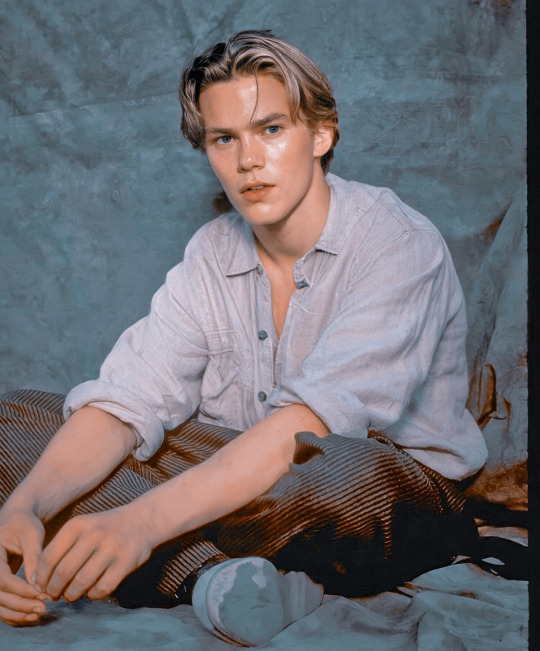



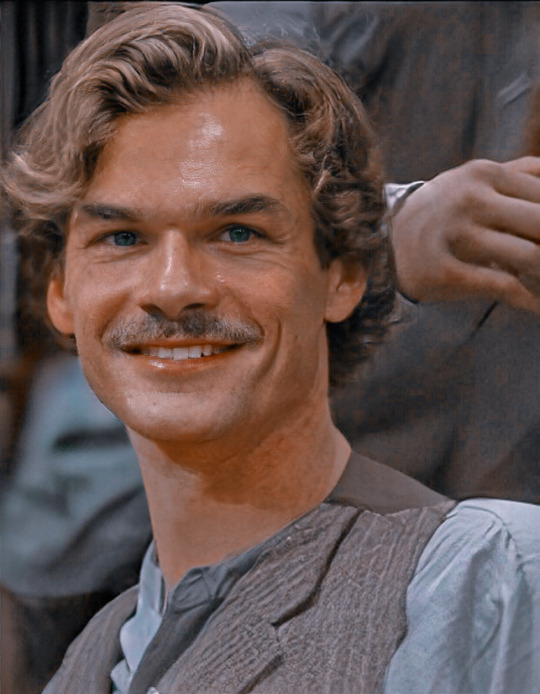



#newsies#newsies 1992#1992sies#newsies movie#my edit#hd#sarah jacobs#jack kelly#david jacobs#racetrack higgins#crutchy#medda larkson#denton#cursed images#alternate universe
35 notes
·
View notes
Text
Edwardians being relatable (part 2)

The mother-in-law visits.
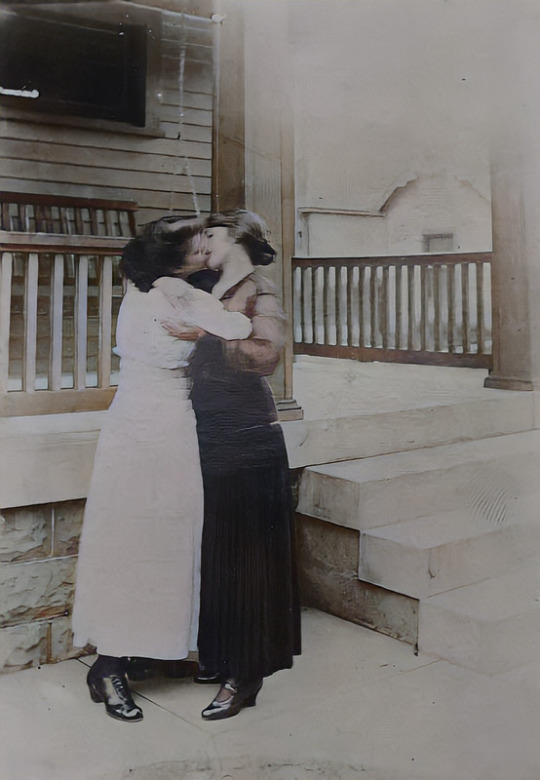
Valentine’s Day, 1900.
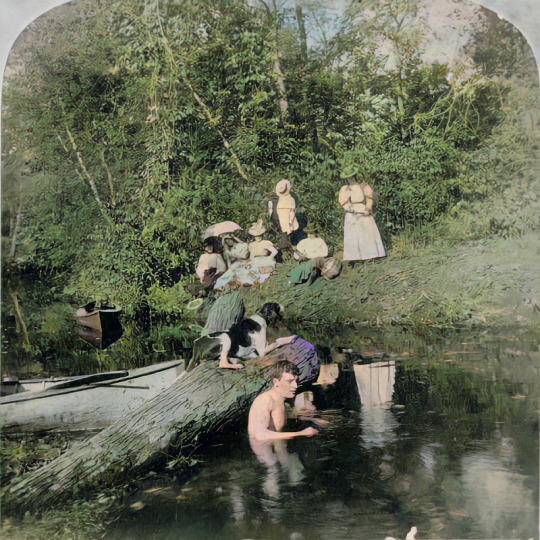
Getting caught skinny-dipping.
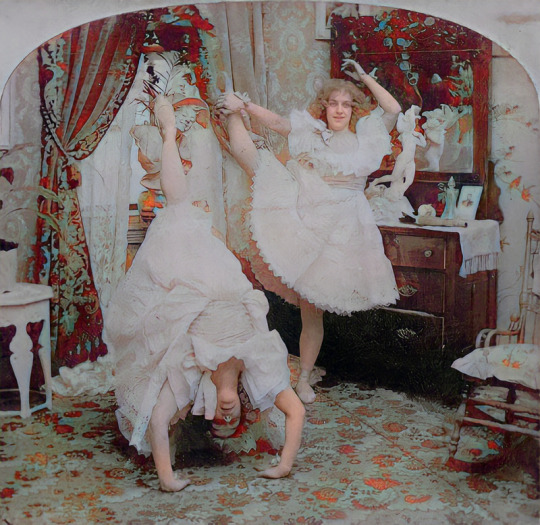
Acrobats in the attic.

Recess

Out for a ride
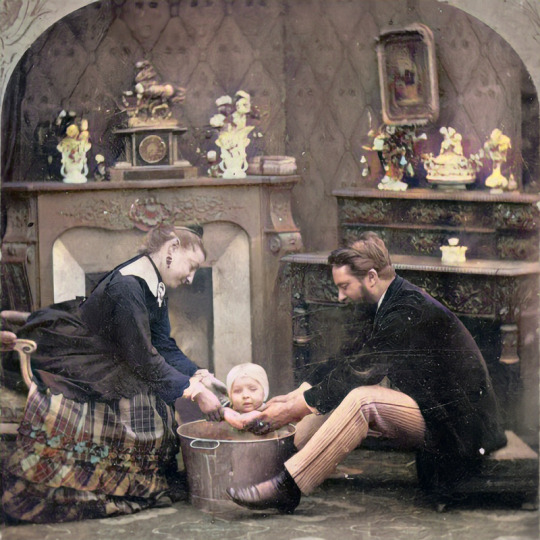
New parents giving baby a bath

Getting the news there’s twins
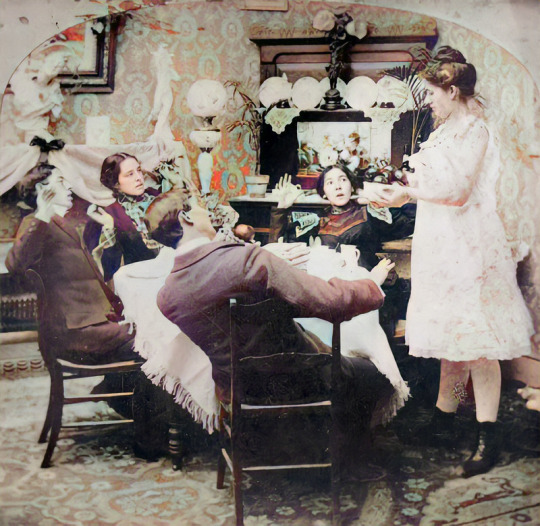
When you find out Mary Mallon made the dessert
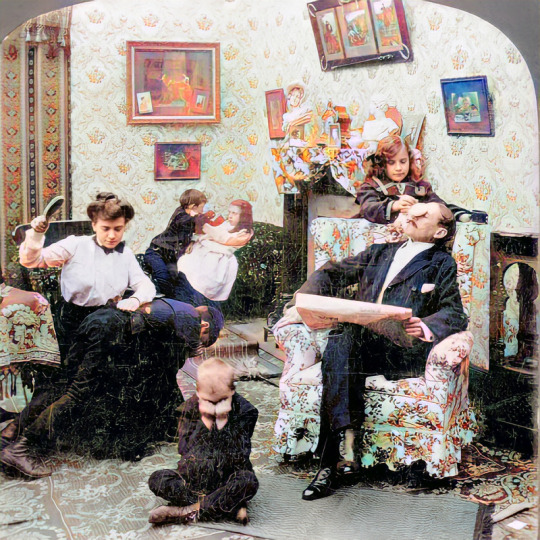
Despite the chaos, daughter still wants to play spa
39 notes
·
View notes